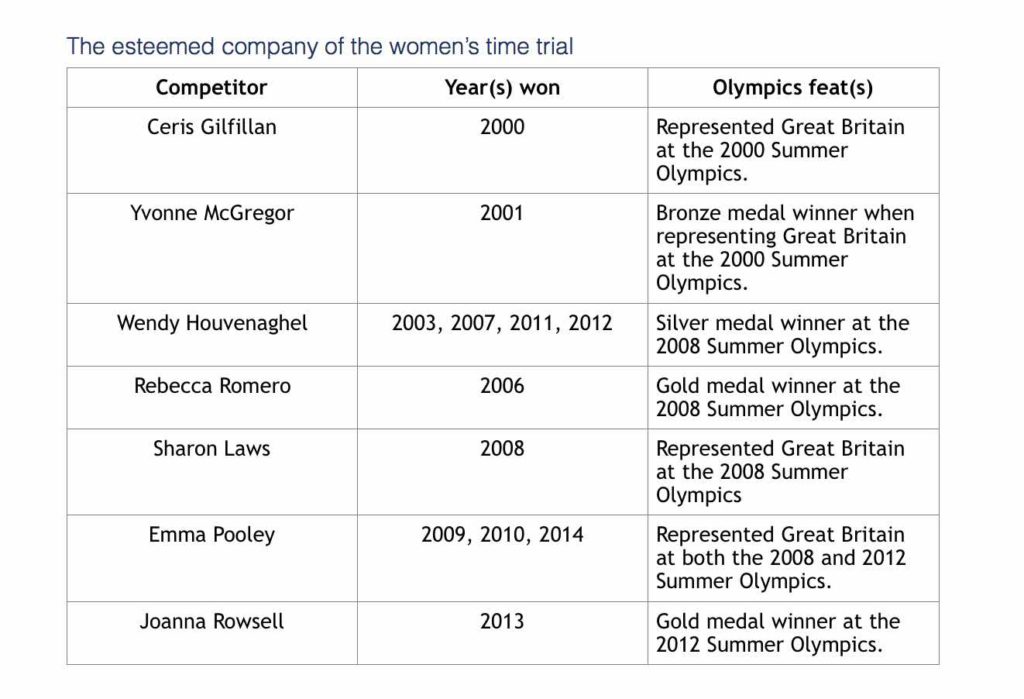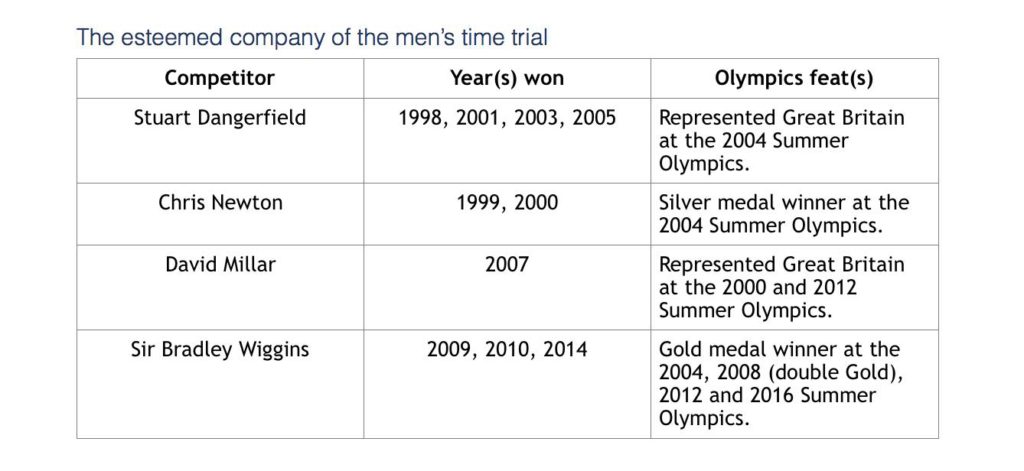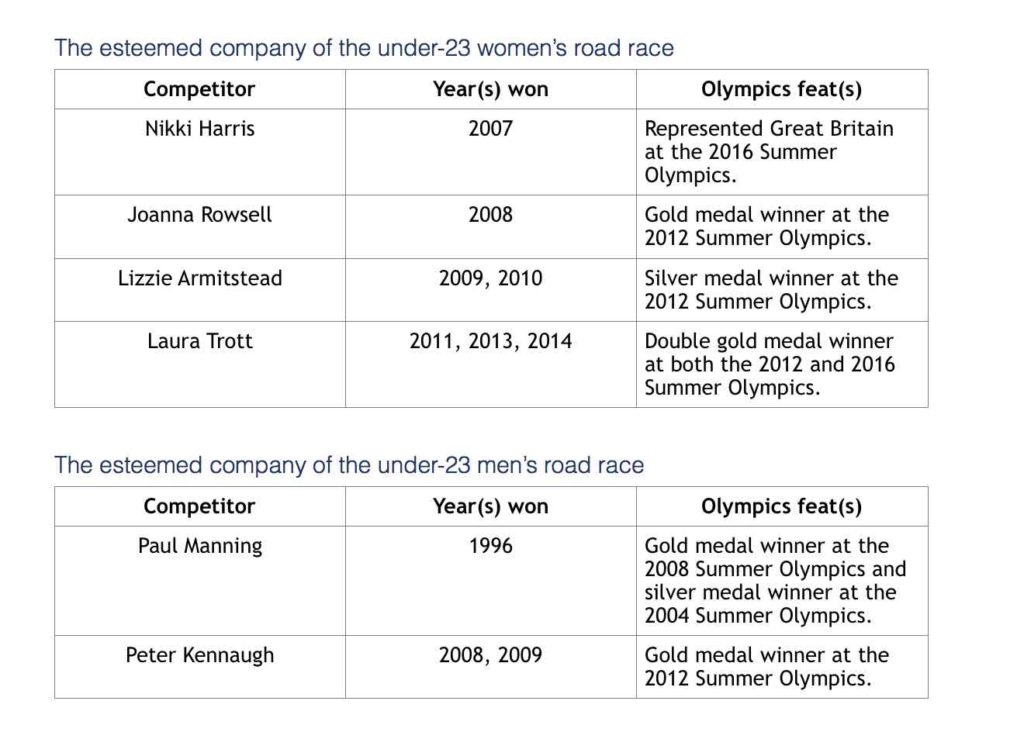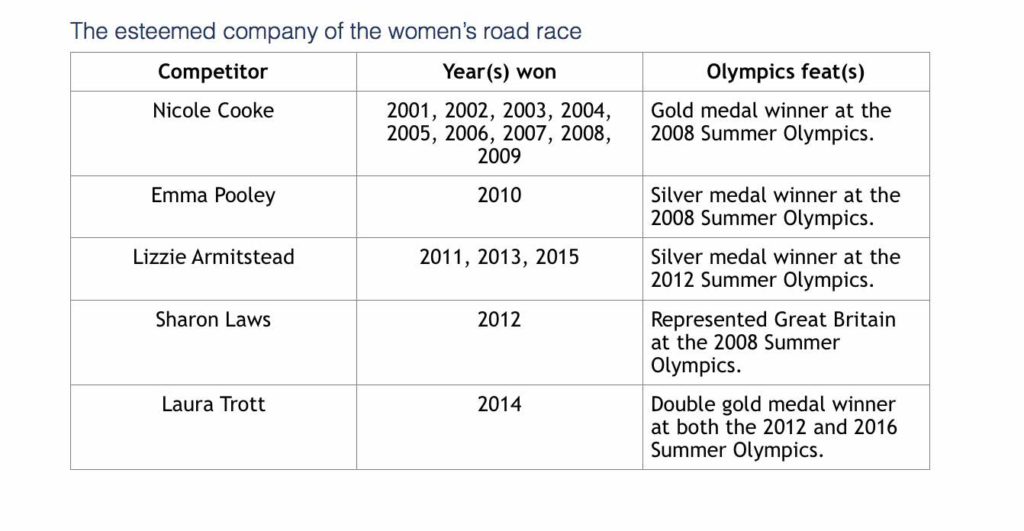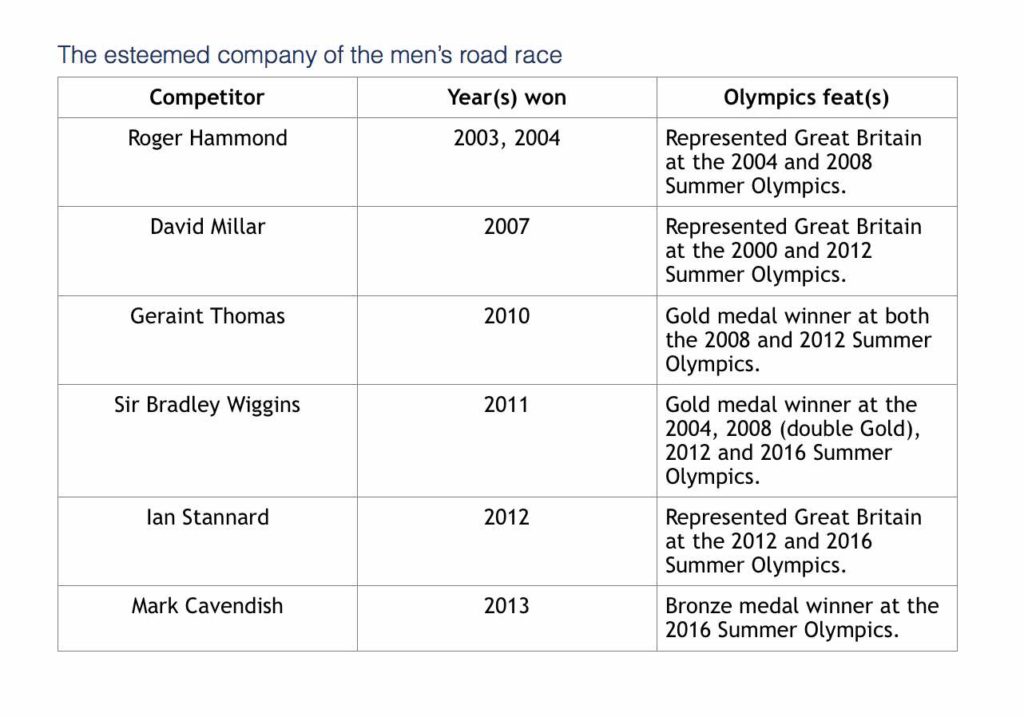What’s going on in golf?

by Keith Allison
Golf is a sport that has reached a mature stage in life and all of a sudden doesn’t seem to know quite what to do next. It might be a bit late to call it a mid-life crisis, but a sport which for a few short years was rendered borderline sexy by Tiger Woods is now slipping back into the sort of quiet, well-heeled cul-de-sac that characterised it before the Tiger Revolution.
There is no doubt that the contemporary fate of the game and that of Tiger are inextricably intertwined. He may be ranked as low as 104 in the official world rankings and his own playing future may be far from assured, but the weight of sponsorship dollars suggests that Woods is still the go-to man when it comes to golf. Despite barely having swung a club in competitive anger in the past twelve months, Woods is still the sixth most commercially bankable athlete in world sport with a commercial income exceeding $60 million, according to Forbes Magazine.The old cliché about no one athlete being bigger than the sport is certainly tested to the full when it comes to Tiger Woods.

by Keith Allison
Declining participation
But as a rich man’s (and woman’s) sport, the impact of the economic downturn has put the brakes on what seemed at one stage to be an insatiable demand for golf around the world. In the UK, for example, golf courses are closing at the rate of one a week, as reduced playing numbers make themselves felt in terms of reduced club memberships and fewer casual golfers paying to play on an occasional basis. The bottom line is that golf clubs are closing and their courses are being irrecoverably turned over to housing or commercial development.
Admittedly the UK is relatively well supplied with courses. It is estimated that there is a course for every 28,000th head of population in the England and Wales, compared with one for every 112,000 in France and 114,000 for Germany (the ratio for Scotland – the home of golf – is 1: 9,800). But whilst the figures are suggestive, they do not reflect the way that golf’s problems extend beyond the simple question of economics.

by dennisborn
Media disconnect
There is a growing disconnect between the ultra-competitive high end of the professional sport and the recreational lifeblood of the sport. As the furore over the BBC’s loss of broadcasting rights to the British Open highlighted last year, golf remains a much sought after TV product. There is a huge audience for televised golf at the highest level. The mix of personalities and perfect swings offered by the likes of Rory McIlroy and his rivals make an ideal sporting drama for armchair fans. Likewise, the bookmakers do a brisk trade on fans’ willingness to back their heroes with cold hard cash. Top flight golf betting remains a bookmaking media staple.
But in terms of ordinary people’s leisure time pursuits, golf is slipping down the list. There is a widely held argument that the real cause for the decline in participation in golf is the lack of large chunks of leisure time that people have access to. A round of golf, plus the associated travel and social commitments, can easily take up a full day. A half- day would be a notably fast turnaround. A dart out to a driving range is more in keeping with the pace of modern life.

by stmunchins
A generational paradox
But this argument misses out on one of the key features of golf and its place in our society. Whilst Tiger Woods’ impact was notable for the way it encouraged youngsters to take up the game as never before, it is easy to forget that the game has always been the province of a more mature constituency. Golf clubs are famously the preserve of men of a certain age. Golf has only fleetingly ever been a young man’s game. The youthful panache provided by the likes of Woods and his heirs has always been the exception rather than the rule. The celebration of such young tyros has been as much about a middle aged fantasy of what might have been as it has been any sporting drama per se. And this is what points up a paradox in the demise of golf as a participation sport.
At a time when the retired portion of the population is as numerous as it has ever been, and more to the point, when that section is the one enjoying a better standard of living than ever before, it would be logical to expect that golf club memberships were on the rise. You would have thought that all those men of a certain age, with their healthy pensions and their abundant equity would like nothing better than to mingle with like-minded souls in the cosy and closely manicured arenas of the nation’s golf clubs and courses. There is no shortage of those who have taken early retirement, who still have their health, a taste for gentle exercise and a keen competitive appetite.
But this does not seem to be happening. This is the real mystery of golf’s contemporary demise.
An accidental turn off
Could it be that the limelight thrust upon the likes of Rory McIlroy, Ian Poulter and their Ryder Cup colleagues works as a turn off to precisely the constituency they are supposed to be appealing to? Is it possible that somehow the game of golf – seduced no doubt by the Tiger Effect – is slowly and painfully making itself unpalatable to the very constituency that sustainted it throughtout the 20th century?
There is no equivalent golfing metaphor for shooting yourself in the foot. But it does seem that in the excitement to celebrate golf as somehow macho, go-getting and up beat the game has developed a kind of middle aged and thoroughly paradoxical identity crisis. It has become a game for the old, played and competed for by the young; a game for a moneyed elite, targeted at the man in the street.
There is perhaps no sadder indictment of the current mini crisis in which the game finds itself than in the public scorn and contempt in which the ailing Tiger Woods now finds himself. The collapse in his game has been cruelly lampooned and derided by people who have never come near his level of ability – even at his stricken worst.
There are minority trends that go against the gloomy grain described here. Women’s golf is increasingly well represented and there are a highly promising number of younger female golfers emerging – especially in China and the Far East. In fact, in China the game is growing at a remarkable rate. The picture there is incredibly complex and deserves its own fully fledged treatment, but clearly to simply declare that golf is on the wane is to offer a distinctly one-eyed view of the situation. Around the world the game continues to thrive.

by Fevi in Pictures
A last chance
With the US Masters just around the corner and Tiger Woods still hoping to compete, there is still scope for golf’s western talisman to galvanise interest in the sport once more. There is a certain grandeur to tales of great champions who refuse to bow their heads to the inevitable. If Woods were to return to the top echelon of the sport once more it would be one of the more remarkable sporting stories of recent times. In doing so it would also give the game of golf another dramatic impetus.
Until that happens, exactly who might be inspired to take to their local course will remain a matter for conjecture. That is always assuming that those local courses have not been turned into housing estates by the time those casual players go hunting for their clubs in the back of the garage.




